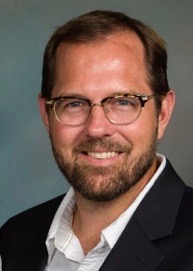American military chaplains rightly pride themselves as belonging to a tradition of service to God and their fellow man. The logos of the chaplaincies emphasize their core values of faith and service. The motto of the U.S. Army chaplaincy is Pro Deo et Patria (“For God and Country”). The U.S. Navy (which provides chaplains for the Marine Corps and Coast Guard as well) and our allies, the Canadian Armed Forces, have as their motto “Called to Serve” (Vocatio ad Servitium).[1] The seal of the U.S. Air Force (which provides chaplains for the newly formed Space Force) chaplaincy says “freedom, faith, ministry.”
The contemporary chaplain has many heroes to look back upon. Union Army chaplains John Milton Whitehead and Francis Bloodgood Hall earned the Medal of Honor by going to the front lines and physically carrying the wounded back for medical attention. Chaplain Francis P. Duffy of the Fighting 69th, who has a statue in New York City’s Times Square, is remembered for his fortitude under enemy fire during World War I. Chaplain Robert Taylor, who ended his career as Chief of Air Force Chaplains, ministered during the infamous Bataan Death March and in a Japanese prison camp. Chaplain Capodanno was awarded the Medal of Honor for placing his body between attacking enemy forces and a wounded medic while serving with Marines in Vietnam.
February 3, “The Four Chaplains Day,” marks a particularly sacred day of reflection for chaplains. This day venerates the four chaplains who died during World War II when their vessel, the USAT Dorchester, was sunk while crossing the Atlantic on February 2, 1943. The four chaplains represented the diversity of the chaplaincy: Lt. George L. Fox (Methodist), Lt. Alexander D. Goode (Jewish), Lt. John P. Washington (Roman Catholic), and Lt. Clark V. Poling (Dutch Reformed).[2] These men not only prayed, sang, and comforted their comrades as the ship was lost, but each took off his life jacket and gave it to someone else. They were among more than 600 who perished. Today their heroism is enshrined in beautiful stained-glass windows at the Army War College, the base chapel at Fort Snelling, the base chapel West Point, and in a full display at the U.S. Army Chaplains Center at Ft. Jackson, South Carolina, where all U.S. Army chaplains are trained.
Why have chaplains in the first place? Military chaplains provide religious services, under the U.S. First Amendment, to military personnel. They represent free exercise equality, America’s commitment to religious expression and practice for all, regardless of denomination or faith tradition. Chaplains also advise their commanders on religious, spiritual, and moral matters. Indeed, the American chaplain corps includes not only Christians, but Jews, Muslims, and others. Chaplains typically work long hours ministering by being present, looking for opportunities to connect with airmen, sailors, soldiers, and Marines on the job, whether on base or aboard ship. They counsel, encourage, challenge, pray, preach, advise, and serve.
The heroism of the Dorchester’s four chaplains is an example to all of us, a model of selfless service that originated in their faith. They exemplified the trans-denominational nature of the chaplaincy, which is a reflection of the diversity of America’s rich religious life.
[1] The U.S. Navy spells it “vocati et servititum.”
[2]http://www.fourchaplains.org/story.html
———
Chaplain (Major) Graham B. Glover, U.S. Army Reserve; RFI Chaplain Fellow
THE RFI BLOG
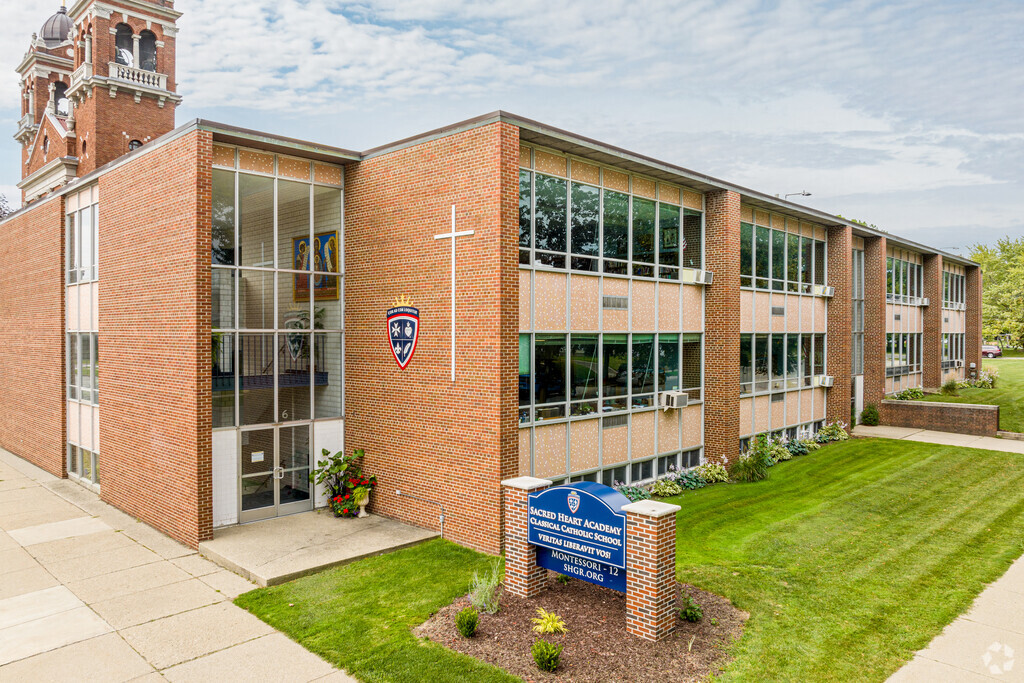
Be More Faithful, Become More Resilient: An Invitation to Religious Institutions
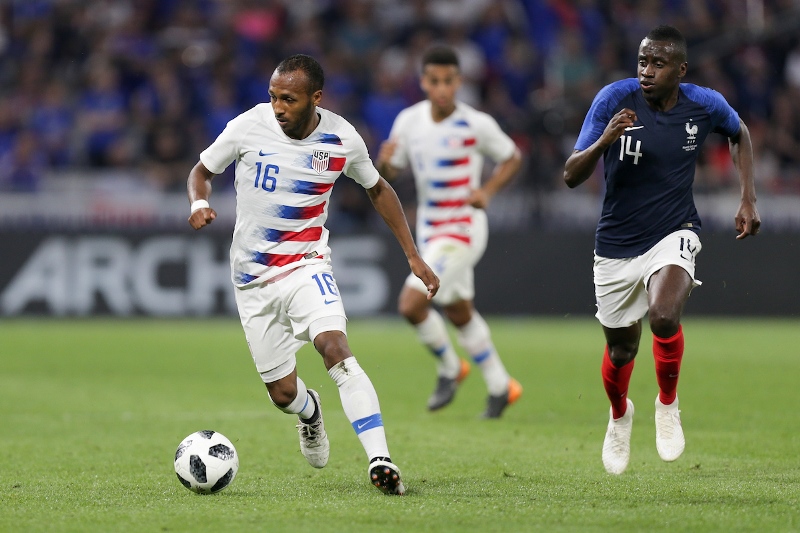
How Soccer Reveals Different Meanings Of ‘Secular’ In France And The US
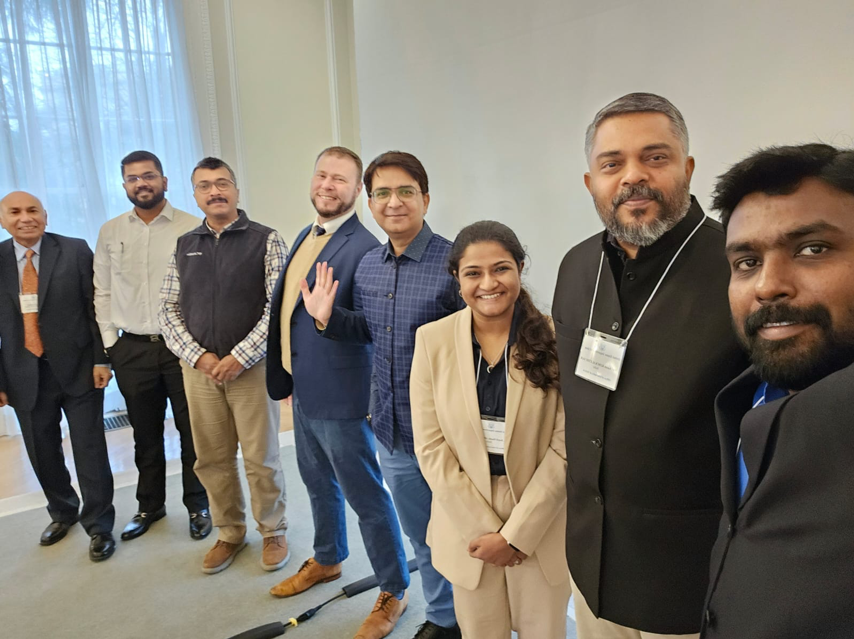
RFI’s Ismail Royer Meets with Delegation from India
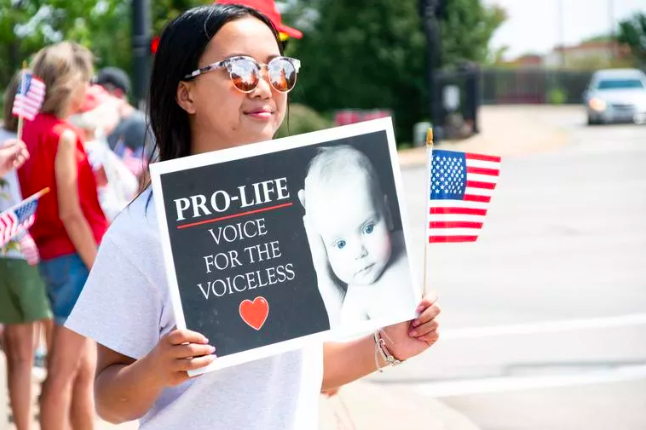
Protecting the Unborn, Mothers, and Medical Ethics: The Stakes of Arkansas’ Amendment
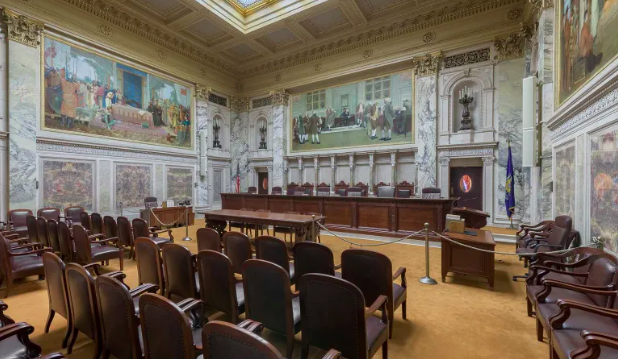
Wisconsin Supreme Court Punishes Catholic Charities for Serving Everyone
CORNERSTONE FORUM

Public Bioethics & the Failure of Expressive Individualism

Religious Liberty in American Higher Education

Scotland’s Kate Forbes and the March of Secularism

70 Years of Religious Freedom in Sweden: Prospects and Challenges
